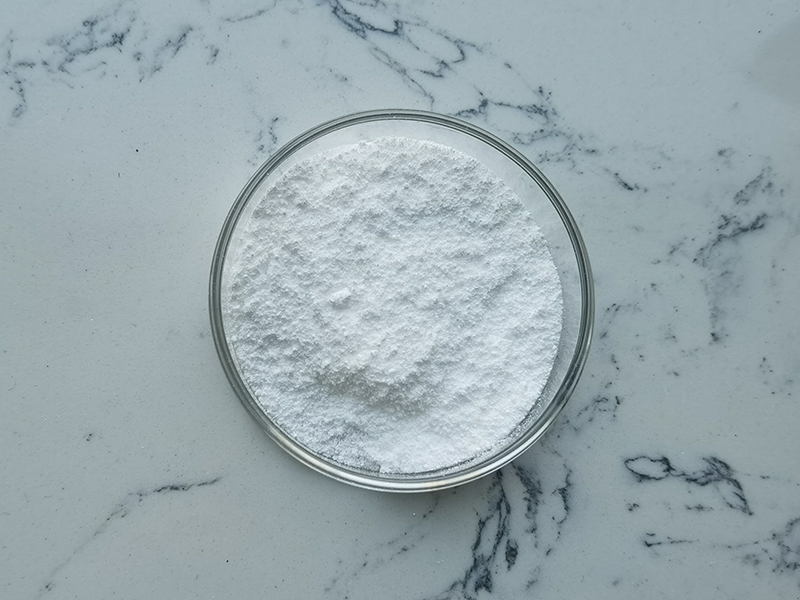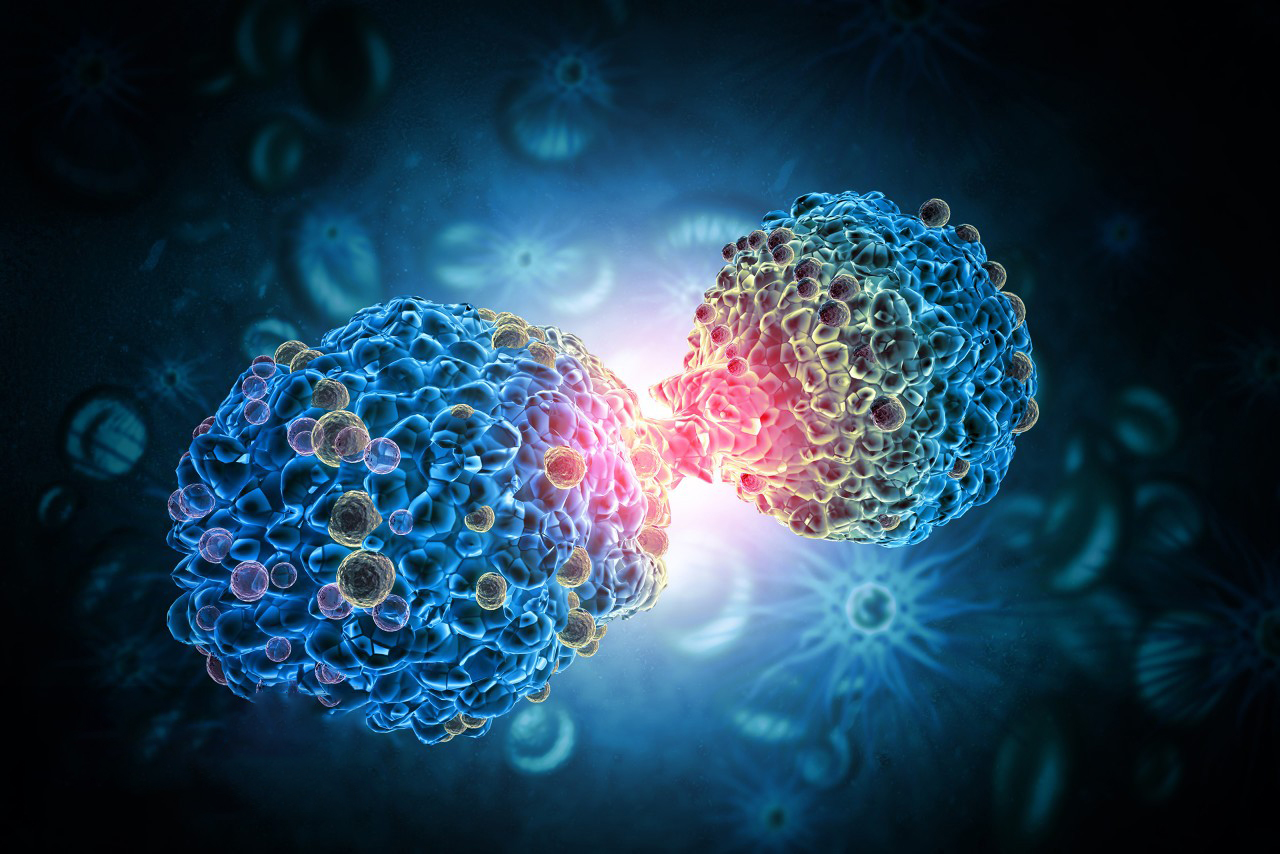Origin and Synthesis of 2-Deoxy-D-Ribose
2-Deoxy-D-Ribose occurs naturally in biological systems and is synthesized in cells through the pentose phosphate pathway. It is derived from D-Ribose by the enzymatic action of ribonucleotide reductase, which removes the hydroxyl (-OH) group from the 2′-carbon position. This modification makes DNA more chemically stable and less prone to hydrolysis compared to RNA.

Chemical and Physical Properties of 2-Deoxy-D-Ribose
- Molecular Formula: C₅H₁₀O₄
- Molar Mass: 134.13 g/mol
- Structure: A five-carbon (pentose) sugar with an aldehyde functional group (aldopentose)
- Solubility: Highly soluble in water
- Melting Point: 91–95°C
- Optical Activity: It is optically active and exists in D- and L- forms, but the D-form is biologically relevant
Introduction of 2-Deoxy-D-Ribose
2-Deoxy-D-Ribose (C₅H₁₀O₄) is a crucial sugar molecule, primarily known for its role as a structural component of deoxyribonucleic acid (DNA). It is a deoxy sugar, meaning it lacks an oxygen atom compared to its counterpart, D-Ribose, which is found in ribonucleic acid (RNA). This absence of an oxygen atom at the 2′-position of the sugar backbone differentiates DNA from RNA, contributing to DNA’s stability.

Biological Significance of 2-Deoxy-D-Ribose
- DNA Backbone: It forms part of the DNA backbone by linking with phosphate groups and nitrogenous bases to form nucleotides.
- Enzymatic Reactions: It plays a role in various enzymatic and metabolic processes, especially in nucleotide synthesis.
- Medical and Biotechnological Applications: Due to its importance in DNA structure, it is used in research and pharmaceutical applications, including antiviral and anticancer drug development.
Conclusion
2-Deoxy-D-Ribose is a fundamental sugar essential for the stability and function of DNA. Its unique chemical properties make it distinct from ribose, enabling DNA to serve as the long-term genetic storage molecule in living organisms.
